 Tehran’s nuke scientists are ready to massively step up uranium enrichment at the heavily-fortified Fordow Plant, a top security think tank said on Wednesday.
Tehran’s nuke scientists are ready to massively step up uranium enrichment at the heavily-fortified Fordow Plant, a top security think tank said on Wednesday.
The Institute for Science and International Security says the Fordow Nuclear Enrichment Site is on the verge of upping its uranium enrichment programme to as high as 20 per centCredit: institute for science and international security

12
Iran’s nuclear enrichment site at Fordow has two rings of steel around it, and is buried deep within a rural mountain for protection

The heavily fortified Fordow site near Qom, 100 miles south of Tehran, is built under a mountain that could withstand even the most severe aerial bombardmentCredit: AP:Associated Press
The bombshell report from the renowned Institute for Science and International Security claimed that efforts are underway at the facility to hugely increase its uranium stocks.
It read: “Fordow is potentially part of Iran’s current threats to progressively go to higher enrichment levels and increase its stocks of enriched uranium.”
This week, nuclear inspectors confirmed Iran was breaching a nuclear pact with the West by upping its uranium enrichment from 3.67 per cent to 5 per cent.
But Iranian officials quoted by the think tank have previously said that enrichment at Fordow can quickly be increased to 20 per cent.
Atomic Energy Organization of Iran chief Ali Akbar Salehi said in December 2018: “We currently have 1,044 centrifuges in Fordow – and if the establishment wants we will restart 20 per cent uranium enrichment in Fordow.”
UNDERGROUND BUNKER
The top-secret bunker near Qom – about 100 miles south of Tehran – is buried deep within a rural mountain range.
Satellite imagery shows two massive rings of steel fencing around the site – each with heavily armed checkpoints along the entrance road.
Guard towers are placed at 25m intervals along the inner defensive line – while two tunnel entrances can be seen in the centre.
It is protected against a range of conventional bomb attacks and could even fend off hugely powerful so-called “bunker buster” bombs.
The weapons – such as the 2,000lbs Paveway III rocket – have been used by the US and British air forces to devastating effect against ISIS bases in Syria.
But experts fear the impenetrable Fordow fortress may be able to withstand them.
The Institute report says: “Fordow’s underground tunnel complex is fortified to withstand aerial bombardment.”

A US Air Force B-2 Spirit Bomber drops a B61-11 ‘bunker buster’ bomb during a test flight. The Fordow site could even be protected against these highly destructive bombsCredit: Handout
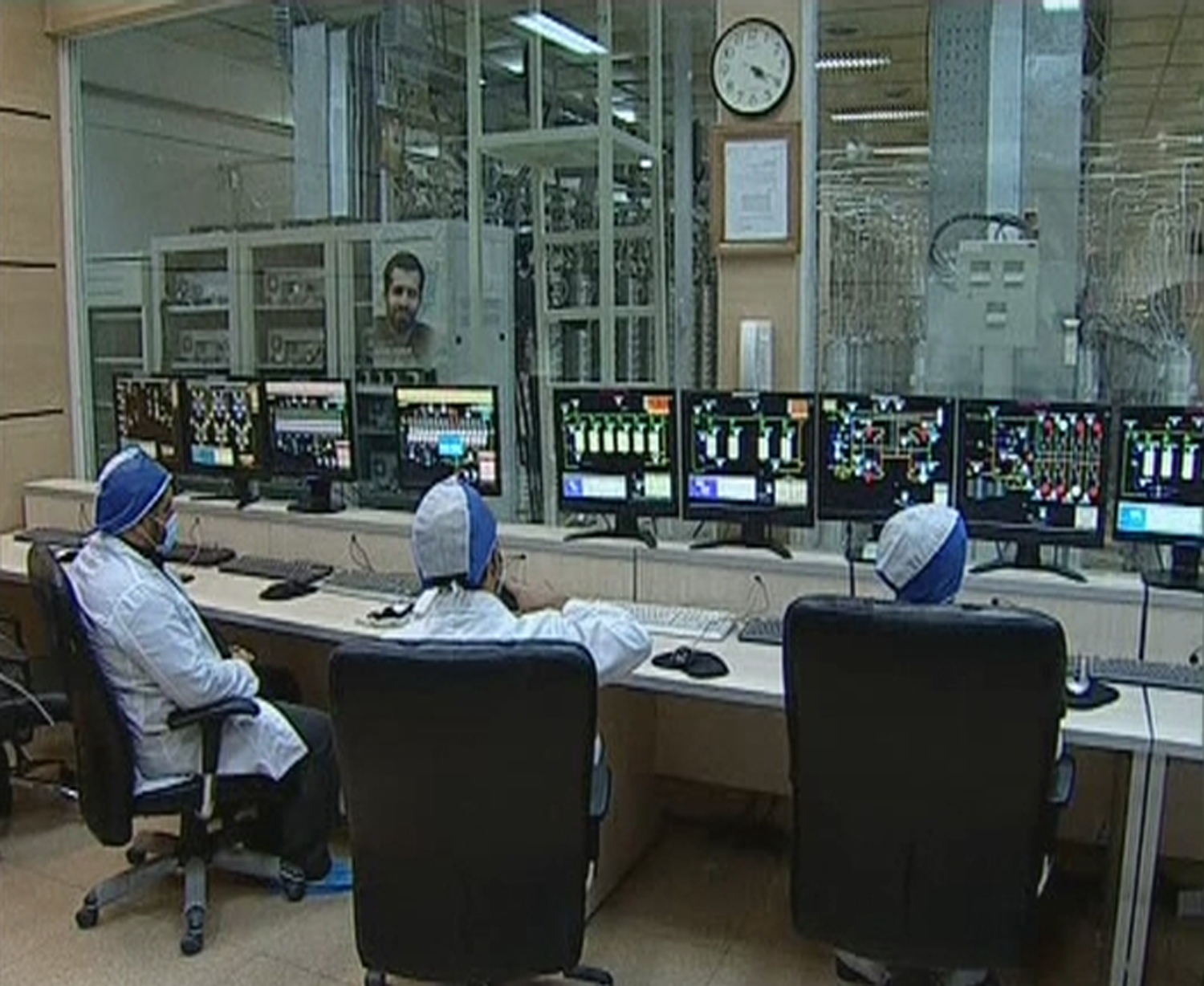
Workers at an enrichment control room at a facility in Natanz, Iran – similar to the site at FordowCredit: Reuters
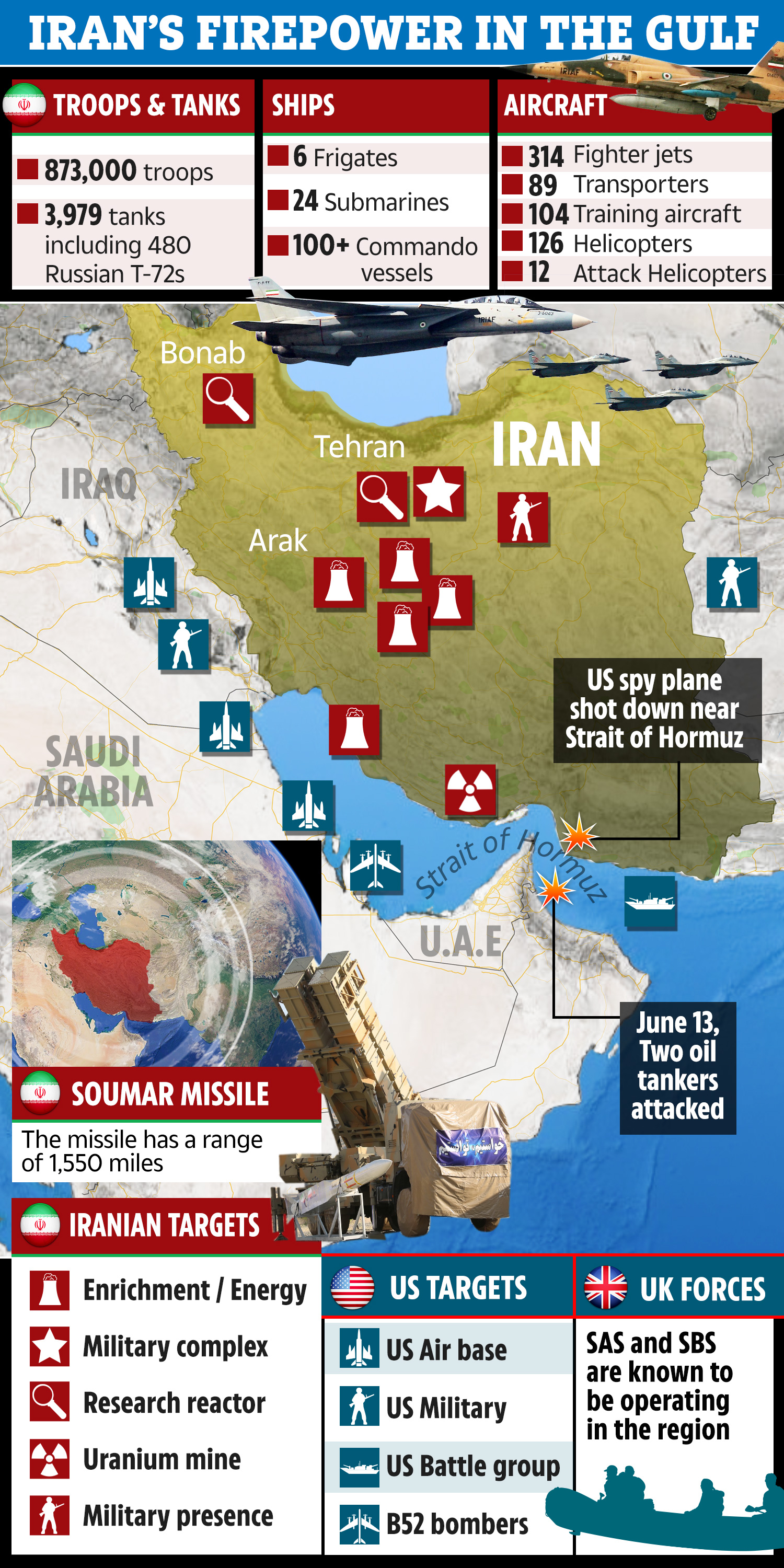
The startling claims come amid heightened tensions between Iran and the West
BREACHED 2015 AGREEMENT
Iran’s pledge this week to further scale back its commitment to the 2015 nuclear deal with world powers increases the speed with which it can produce nuclear weapons.
The deal capped the level of purity to which Iran can enrich uranium hexafluoride – the feedstock for centrifuges – at 3.67 per cent – far below the 90 per cent of weapons grade.
And part of the 2015 pledge was to transform the role at Fordow into a purely research-driven one.
The agreement specified that Fordow be “converted into a ‘nuclear, physics and technology centre’ with the purpose of international scientific collaboration.”
But the Institute for Science and International Security report says that Iran has gone against this part of the deal – and never re-purposed the Fordow site.
Deal or no deal – What was the 2015 Iran nuclear agreement and what has happened to it?
BROKERED by the Obama White House and signed by seven world powers, the Iran nuclear deal aimed to reduce the country’s ability to produce nuclear weapons.
However, Donald Trump withdrew the US from the deal earlier this year – branding it “horrible” and “one-sided”.
Iran has also pledged to breach the agreement until it receives the sanctions relief it says it is owed.
The deal was an agreement between the Islamic Republic and a group of world powers aimed at scrapping the Middle Eastern country’s nuclear weapons programme.
It saw Iran agree to eliminate its stockpile of medium-enriched uranium by 98 per cent.
Enriched uranium is a critical component for making nuclear weapons and in nuclear power stations and by curbing the amount Iran produce is a way to curb the number of weapons produced.
As part of the agreement, Iran also agreed to only enrich their uranium up to 3.67 per cent over the next 15 years and they agreed to reduce their gas centrifuges for 13 years.
Gas centrifuges are used to separate different types of uranium which allows specific types to then be used to manufacture nuclear weapons or generators.
Iranian nuclear facilities were limited to a single facility with only first-generation centrifuges for 10 years and other nuclear facilities had to be converted into other use.
In addition, they were barred from building any more heavy-water faculties – a type of nuclear reactor which uses heavy water (deuterium oxide) as a coolant to maintain temperatures in the reactor.
Also under the agreement, the International Atomic Energy Agency was granted regular access to all Iranian nuclear facilities to ensure Iran maintains the deal.
If Iran abided by the deal it was promised relief from the US, European Union, and the United Nations Security Council on all nuclear-related economic sanctions.
The agreement was reached on July 14, 2015, and the world powers signed it in Vienna.
TWO WARHEADS PER YEAR
The think-tank believes Fordow could be quickly converted into full-scale nuclear weapons production – building up to two deadly warheads per year.
This was the intended purpose of the site dating back to 2002, according to secret Iranian nuclear plans seized last year by Israeli Mossad agents, the report said.
The Institute warned: “Iran is now increasing its enrichment levels and stockpile in violation of the [2015 nuclear deal] and could feasibly do so at Fordow – which is heavily fortified against military intervention to halt it.”
HEIGHTENED TENSIONS
Iran says it will continue to breach the deal’s caps one by one until it receives sanctions relief promised under terms of the agreement.
Washington is set on isolating Iran to force it to negotiate stricter limits on its nuclear programme.
The US also wants to reduce Iran’s ballistic missile programme and its role around the conflict-ridden Middle East.
On Wednesday, boats believed to belong to the Iranian military tried to seize the British oil tanker British Heritage passing through the Strait of Hormuz.
It sparked a tense standoff in the Persian Gulf when a Royal Navy frigate trained its weapons on the enemy vessels – who then backed off.
The British Government urged Tehran to “de-escalate” the situation in the Gulf – but Iran denied involvement in the clash.
A Ministry of Defence spokesperson said: “HMS Montrose was forced to position herself between the Iranian vessels and British Heritage and issue verbal warnings to the Iranian vessels, which then turned away.”
“We are concerned by this action and continue to urge the Iranian authorities to de-escalate the situation in the region.”
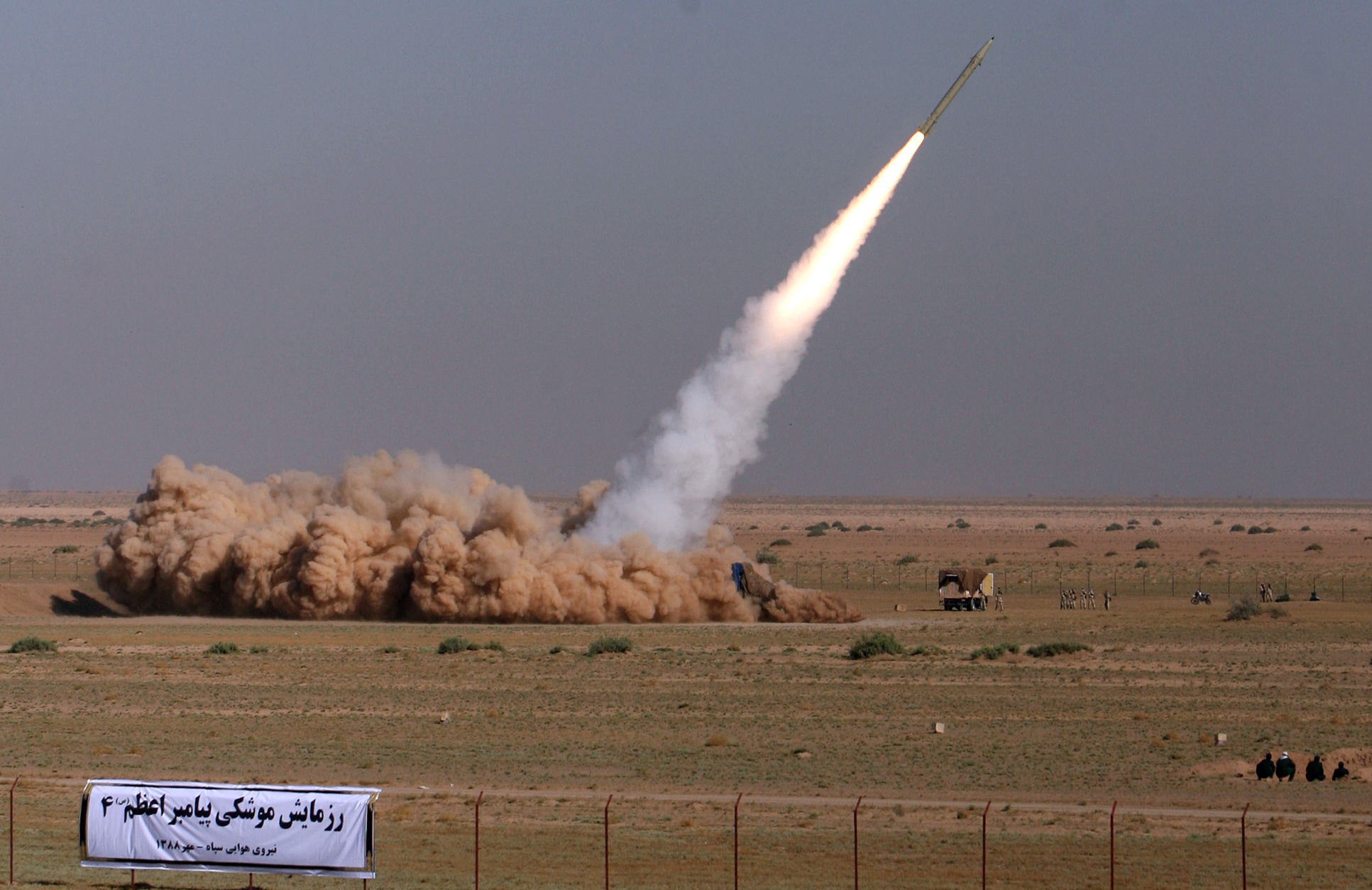
12
An Iranian rocket is tested at the Fordow site near Qom, Iran, during war games in 2009Credit: AFP

12
Former Iranian President Mahmoud Ahmadinejad visits the Natanz nuclear enrichment facility – similar to the site at FordowCredit: Handout
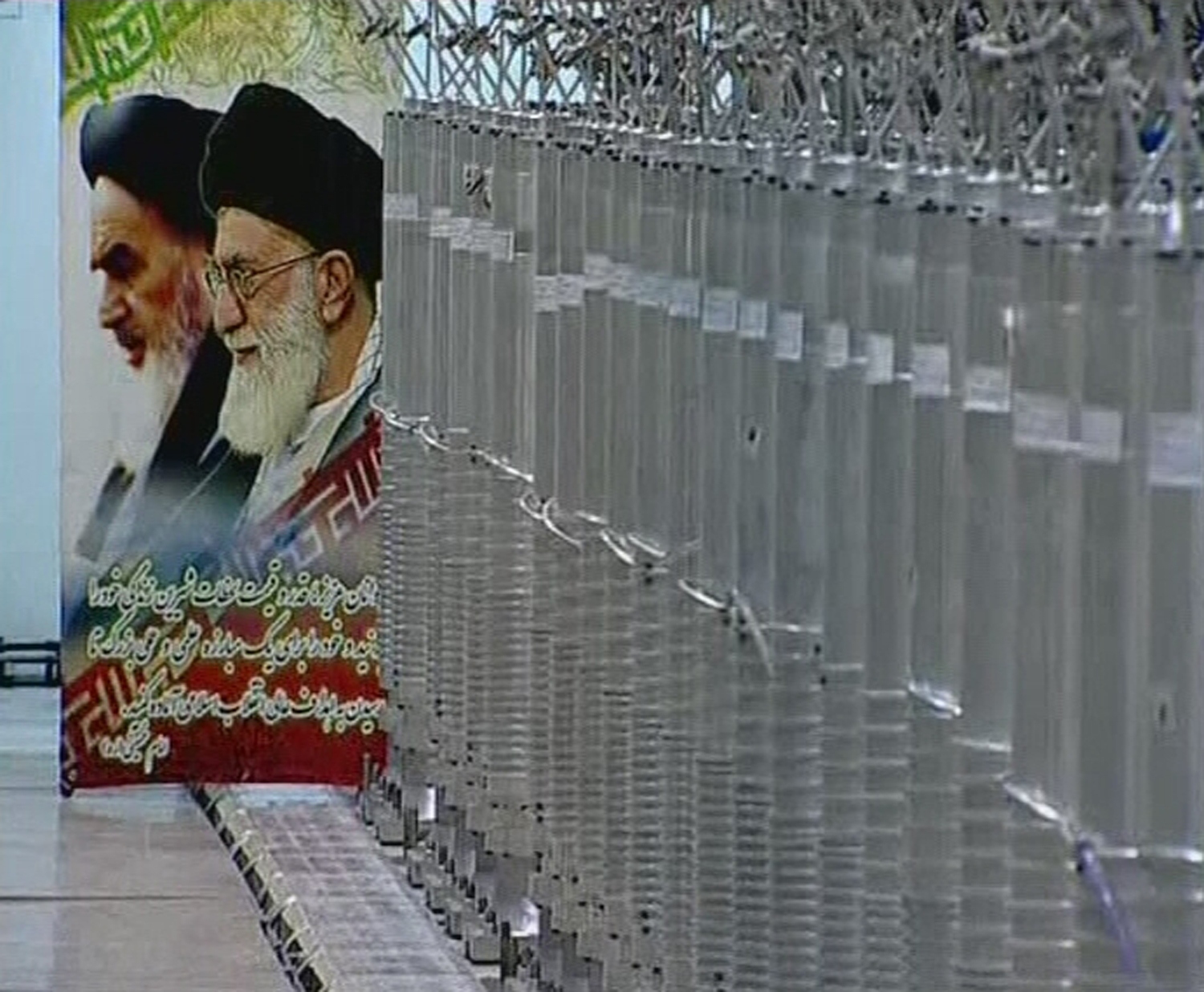
12
A poster of Iran’s Supreme Leader Ayatollah Ali Khamenei and the late Ayatollah Ruhollah Khomeini next to centrifuges in Natanz, an enrichment facility similar to that at FordowCredit: Reuters
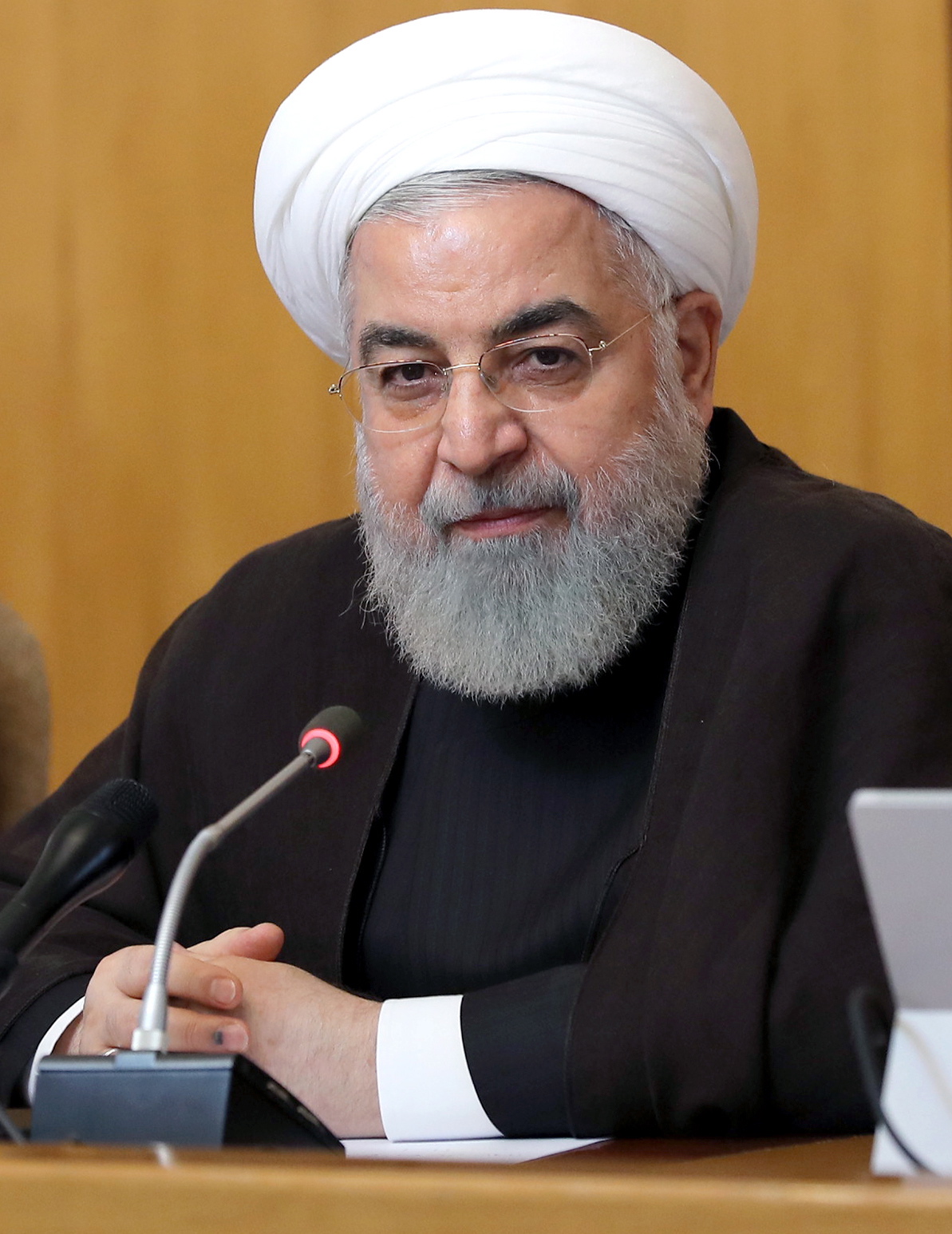
Iranian President Hassan Rouhani speaking during a cabinet meeting in Tehran on Wednesday. Iran has upped its nuclear enrichment programme beyond the cap set by the 2015 nuclear dealCredit: EPA
No comments:
Post a Comment